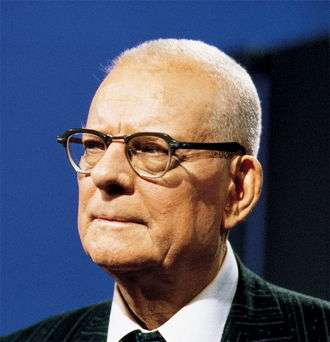
Imagine a lively corporate office, filled with computers and the murmur of focused conversations. This is where our story starts, in the headquarters of a mid-sized company. For years, this company prided itself on its technological prowess, attributing its moderate success to a robust IT department that embraced agile methodologies. However… beneath the surface, an uncomfortable truth was brewing, threatening to derail the company’s future.
The Myth of IT-Only Agility
The company had always seen agility as an “IT only thing.” The IT team was the poster child for agile practices—sprints, scrums, and continuous integration including all the complications that come with the territory. But outside the IT bubble, the rest of the organization trudged along with traditional, siloed processes. Marketing had its own timelines, sales followed rigid scripts, and leadership clung to traditional decision-making. This fragmented approach was a dam about to break.
The Wake-Up Call
The wake-up call came in the form of a new competitor, which entered the market with lightning speed. It wasn’t just agile in IT – it was agile in every sense of the word! They launched innovative products, adapted quickly to market changes, and delivered unparalleled customer experiences. The leadership watched in dismay as “their” market share dwindled and customer satisfaction plummeted.
It was then that the CEO, realized the uncomfortable truth: agility could no longer be confined to the IT realm. If the company was to survive, agility had to become a company-wide philosophy.
The Journey to Business Agility
the CEO called an all-hands! She stood before her team, a mix of anxious faces and skeptical glances, and laid out her vision for a truly agile organization. “We need to transform,” she said, “not just in IT, but across the entire company. Be faster, smarter, and more innovative! This is not optional! – it’s a matter of survival.”
The first step was fostering Delivery Agility. She knew that speed was crucial, but it had to be speed with precision. She encouraged every department to adopt agile practices—marketing began running campaigns in sprints, sales teams started iterating on their strategies, and even HR embraced agile hiring processes. The goal was to embed responsiveness into the core of Company.
Next came Product Innovation. They had always played it safe, making incremental improvements to existing products. The company pushed for a culture of risk-taking and creativity, launched an internal innovation lab where employees could experiment with bold ideas without fear of failure. The results were good at first and astonishing later.
Organizational Adaptability was perhaps the hardest. They knew that agility was as much about culture as it was about process. The team worked tirelessly to break down silos, promote cross-functional collaboration, and cultivate a culture of continuous learning. This meant rethinking everything from office layouts to performance metrics, all aimed at fostering an environment where change was not just accepted but embraced.
Finally, the company focused on Leadership Effectiveness. In an agile organization, leadership was not about command and control, but about inspiration and empowerment. The company invested in leadership changes led by example, overcoming the complexities of transformation with confidence and clarity, and creating a vision that everyone wanted to follow.
Facing the truth
No transformation is ever easy or fast or both. Any company needs to become more responsive, innovative, and adaptable. Market share will recover, customer satisfaction will improve, and employee engagement will soar.
In the words of said CEO: “The transformation was not easy. There were moments when I doubted our direction, faced resistance, and even encountered failure. But gradually, we began to change. “